- Punchy drivetrain delivers good performance and EV range
- Absolutely loaded with standard kit
- Still as practical and high quality as ever
- Big price premium over RS petrol in New Zealand
- Not available in Australia yet
- 200kg extra weight over RS 2.0TSI is felt
We’re big fans of the Skoda Octavia RS here at DiscoverAuto thanks to its combination of practicality and performance. Our cheeky Kiwi mates have recently received their first shipment of the new Octavia iV and RS iV plug-in hybrid variants – something that is yet to be confirmed for Australian sales, let alone timing and pricing. We sent out New Zealand correspondent Josh out on a first drive of the new 2022 Skoda Octavia RS iV to see how a new plug-in hybrid drivetrain adds to one of our favourite family cars.
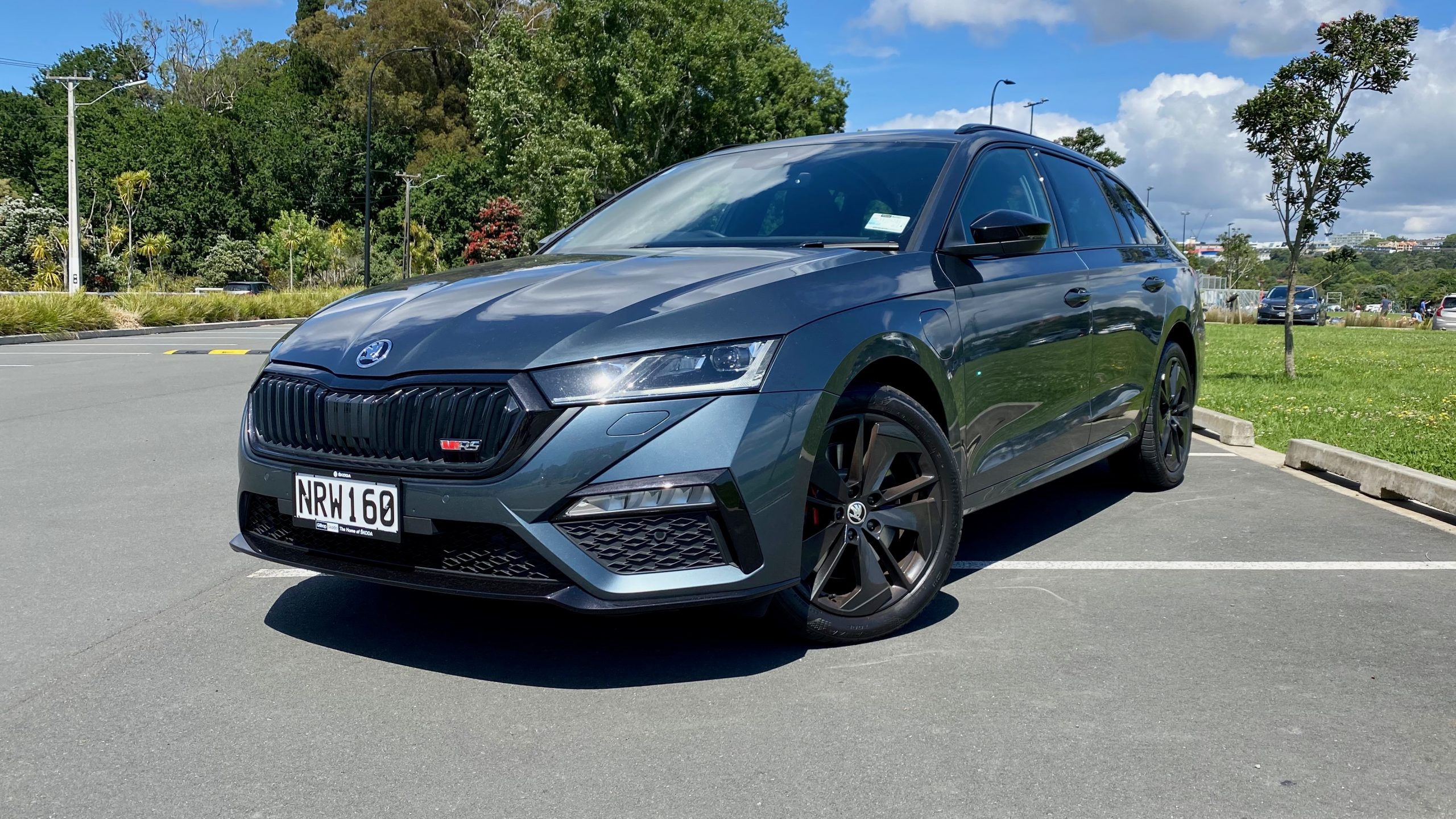
Visually, the Octavia RS iV is almost indistinguishable when sat next to the regular Octavia RS, with the only giveaways being iV badging on the boot, a charging port on the front left fender and a slightly higher (15mm) stance as it rides on the standard Octavia suspension. But aside from that, the RS iV is virtually indistinguishable from the regular RS – and if you don’t want the RS, a lower-spec Style iV is also available.
Price & Equipment:
Priced from $72,990NZD plus on-road costs (around AUD$68,000), the Octavia RS iV wagon sits atop the Octavia range in New Zealand. Commanding a $14k premium over the petrol RS, we would expect it to cost somewhere around the $70,000 mark if it were to come to Australia. However, New Zealand does have a $5,750 NZD rebate for plug-in hybrid vehicles, if Australia had similar scheme, the potential price of the Octavia RS iV would be much less.
In New Zealand, standard equipment includes 18-inch alloy wheels, all-LED lighting, front and rear fog lights, dual-zone climate control, a 10-inch touchscreen with wireless Apple CarPlay and Android Auto, satellite navigation, a digital driver’s display, auto lights and wipers, keyless entry and start, wireless phone charging, heated and auto-folding mirrors, LED ambient lighting, an eight-speaker sound system, five USB-C ports, an electric tailgate and a number of sporty details including RS and iV badging, sports bucket seats, a body kit, a rear spoiler, a leather-wrapped flat-bottomed steering wheel and black trimmings.
The Octavia RS iV also comes with various ‘simply clever’ features, such as the umbrella in the driver’s door, ice scraper in the fuel filler cap, various nets and hooks in the boot and tabs to fold the rear seats.
Standard safety kit includes 10 airbags, auto emergency braking (AEB) with pedestrian and cyclist detection, Matrix high beam functionality for the headlights, adaptive cruise control with stop and go functionality, traffic jam assist, emergency assist, lane assist with adaptive lane guidance, blind-spot monitoring with rear cross-traffic alert, auto rear braking, tyre pressure monitoring, driver attention monitoring and a reversing camera with front and rear parking sensors. We’ve wished for a 360-degree camera previously and we note one is now available in Europe, so we expect this to trickle down to the Octavia range locally once the chip-related production issues are sorted.
The Octavia RS iV is somewhat unique in that its competitor set is quite limited – we think price point rivals would include the $76,990 plus on-road costs Peugeot 508 plug-in hybrid and the $83,971 plus on-road costs BMW 330e.
Performance & Economy:
As is the case of the 2.0 TSI in the standard Octavia RS, the RS iV also has a powertrain capable of 180kW of power, however, the electric motor helps to provide another 30Nm of torque, giving a total of 400Nm. The petrol engine is a 110kW/250Nm 1.4-litre turbocharged four-cylinder petrol engine, which is complimented by an 85kW/330Nm electric motor. Power is sent to the front wheels via a six-speed dual-clutch automatic, which feels refined and well-suited to this powertrain. This powertrain is found elsewhere in the Volkswagen Group range in vehicles such as the Golf GTE and Cupra Leon eHybrid, though none are available locally – the Cupra is due in July, though.
Although it weighs nearly 200kg more than the petrol-powered Octavia RS, the powertrain is still quick. It hits 100km/h in a claimed 7.0 seconds – versus 6.7 seconds for the petrol RS wagon – and reaches a top speed of 225 km/h. Yet the powertrain is so efficient, being rated for only 1.5L/100km and 34g/km of CO2 emissions – of course, that’s only if you’re able to charge it.
The Octavia RS iV is fitted with a 13kWh battery pack located underneath the rear seat and in total, the RS iV is good for up to a WLTP-certified 60km of electric-only driving. Although you can probably bank on 45kms in the real world if you drive like a normal person, which is more than sufficient for the daily commute of many. After the electric range is depleted fully, the RS iV’s drivetrain turns to regular hybrid duty and fuel consumption settles around the 5.5L/100km mark, which is still less than the regular RS 2.0 TSI.
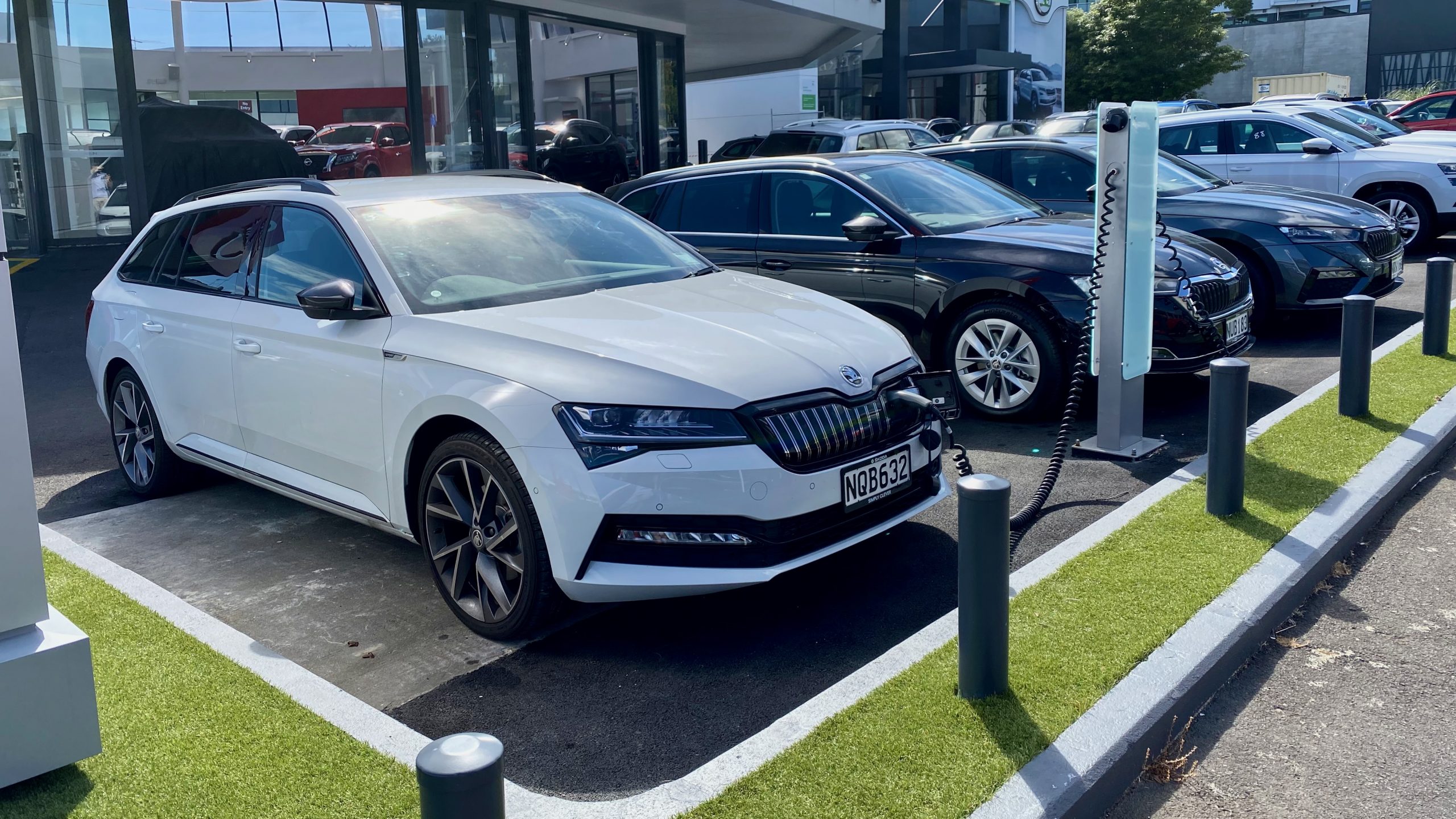
You could almost forget that this is a performance car until you put it into sport mode and give it some beans. Sport mode feeds an engine soundtrack through the speakers to let you know the petrol motor is ready whenever you are, which compliments the iV powertrain much more than in the petrol RS which feels like it is competing with the actual engine sound.
The 2022 Skoda Octavia RS iV starts in electric mode, but a pushing the mode switch gives the option of hybrid mode and various choices relating to the state of charge. Put the car in drive via the stubby shifter and away you go — whisper quiet. The electric drive unit makes for both a pleasant ride around down and a comfortable cruise along the motorway, thanks to the instant punch from the electric motor and near silence of its operation.
Ride & Handling:
The 2022 Skoda Octavia RS iV sits higher than the regular RS because it shares the regular Octavia’s higher suspension. The NZ-spec car also rides on 18-inch alloys and because of all of that, the ride is generally more comfortable than the regular RS. But this extra height, combined with the 200kg of extra weight means that the iV is not as nimble, nor as good to drive as its purely-petrol-powered sibling. Its handling is solid – though not as dynamic as the regular RS – and while it will still put a smile on your dial, it’s simply not as sweet for those chasing all-out thrills.
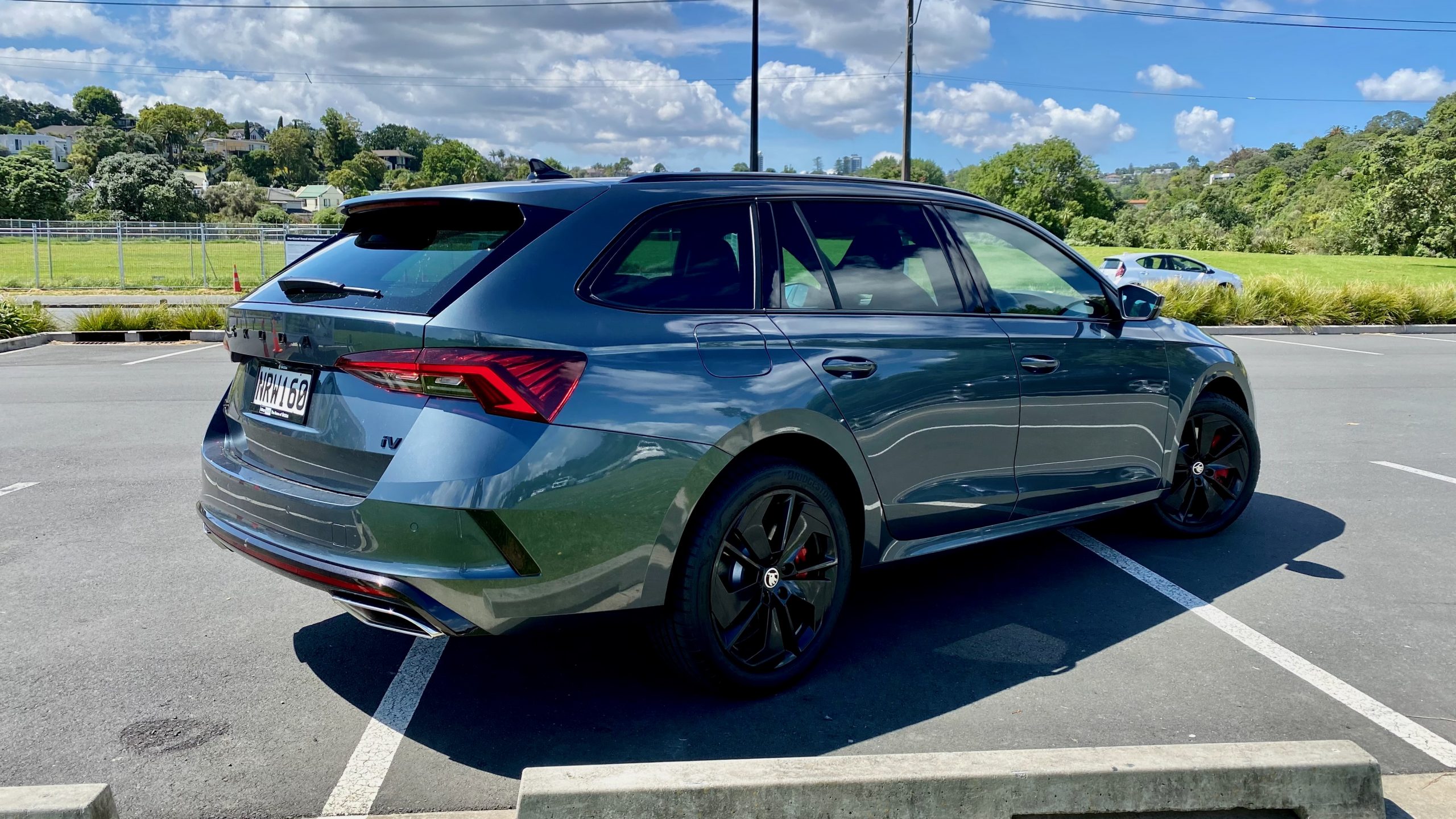
As with most other hybrids and plug-in hybrids, the Octavia RS iV is fitted with brake engine regeneration that slows down the car when the brake pedal is depressed and the accelerator is released, and stores the energy that has been recovered back in the vehicle battery. The regenerative braking intensity can be set at multiple levels to increase the energy going back into the battery.
Interior & Practicality:
The 2022 Skoda Octavia RS iV shares the same modern and contemporary interior that we have come to love in the fourth-generation Octavia. The only two noticeable differences in the iV are the manual fuel door release button and a redesigned tachometer which now shows the standard RPM gauge with a power, charge and boost meter. This shows you the effect of your acceleration and braking on the vehicle in order to encourage efficient driving practices. The manual fuel door release is required due to pressure that builds up in the fuel tank if the petrol engine is not used often – when the button is pressed, pressure is released from the tank before unlatching.
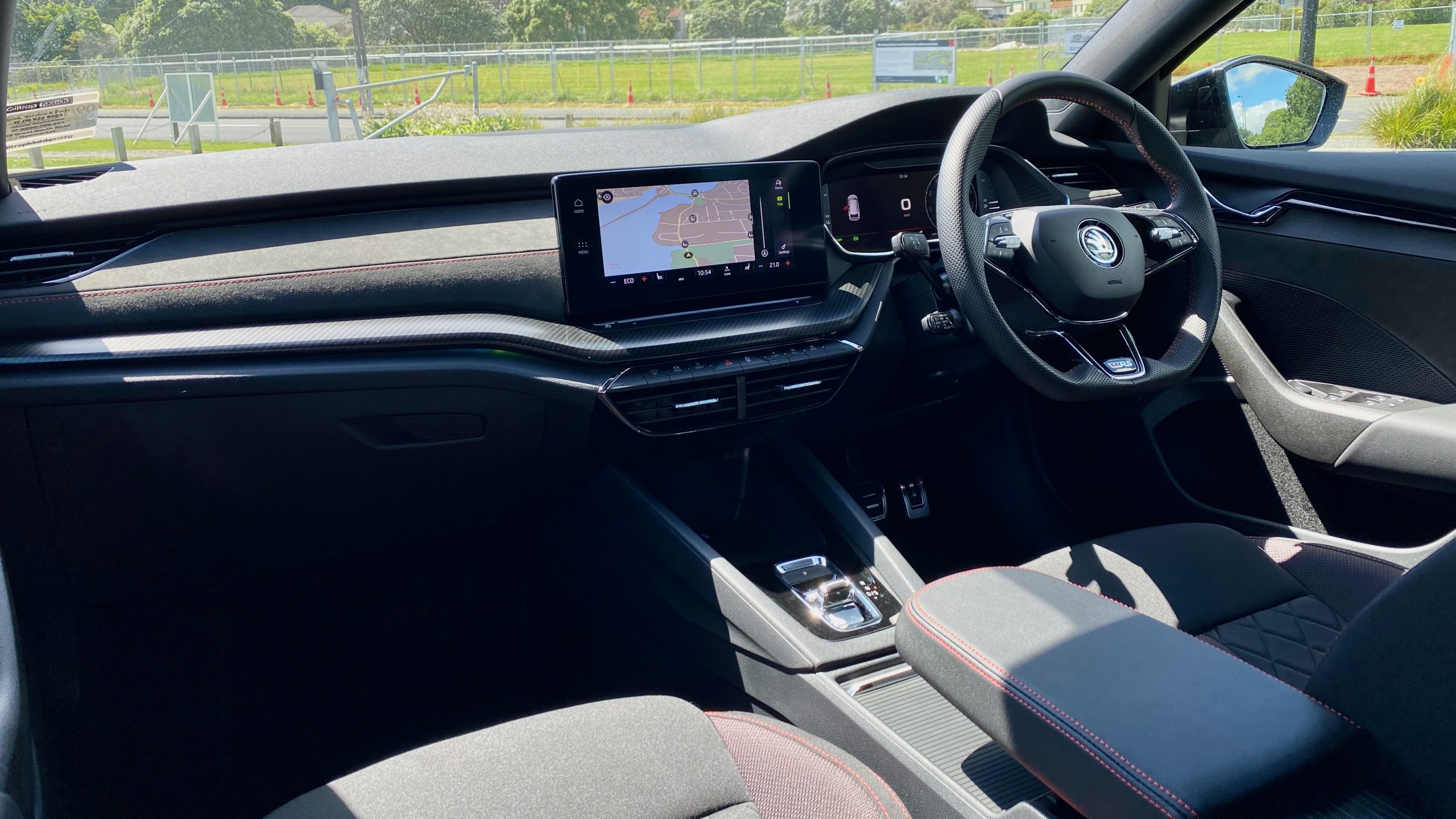
The interior quality is top notch – there are squishy plastics almost everywhere, and the dash is lined with suede and red stitching – reminding you that you are in a performance car, even if you cannot hear it. There are harder materials lower down, which have modern textures to distract from their scratchy nature and everything inside feels better quality than the previous generation Octavia – and, more worrying for Volkswagen, the Golf.
The main focal point of the Octavia’s cabin is a 10.25-inch touchscreen which includes wireless Apple CarPlay and Android Auto, digital radio and satellite navigation. The screen is responsive and the quality is good too, though as we discovered in our review of the Octavia 110TSI, it’s not the most intuitive system to use. There are physical shortcut buttons for major functions such as safety systems, climate control and driving modes, but functions such as changing from driving modes to manual climate control take one touch too many.
Skodas are synonymous with practicality and the Octavia RS iV is no exception. There are large and flock-lined door bins, and the larger centre console and cupholders are possible due to space saved by the use of the stubby gear lever. A big wireless phone charger sits below the touchscreen and there’s a secret compartment under the light controls.
The 2022 Skoda Octavia RS iV has plenty of space inside the cabin, even for taller occupants. Rear seat passengers will be content with the ample legroom and headroom, as well as two USB-C charging ports, a centre armrest with cupholders and even map pockets just for smartphones. The premium pack adds tri-zone climate control (already standard in Australia) and heated outer-rear seats for even more rear seat comfort.
Boot space is 490L, which is 150L less than the standard car (640L) thanks to the battery pack lying underneath the floor. Inside, you get plenty of nets, hooks, lights, an umbrella holder, tabs to release the rear seats and boxes on either side to hold important items. NZ-spec cars also get a dual-level boot floor, which is something that should be standard in Australia.
The 2022 Skoda Octavia RS iV DiscoverAuto Rating: 8.0/10
The Skoda Octavia RS wagon has long been one of the best family cars that money can buy, and the new 2022 Skoda Octavia RS iV helps to secure the Octavia’s place in the electric hot-hatch-come-wagon future. It helps to provide that sporty-yet-practical nature we all know and love from the RS, with a modern, efficient powertrain. It’s also great quality, packed full of technology and did we mention insanely practical?
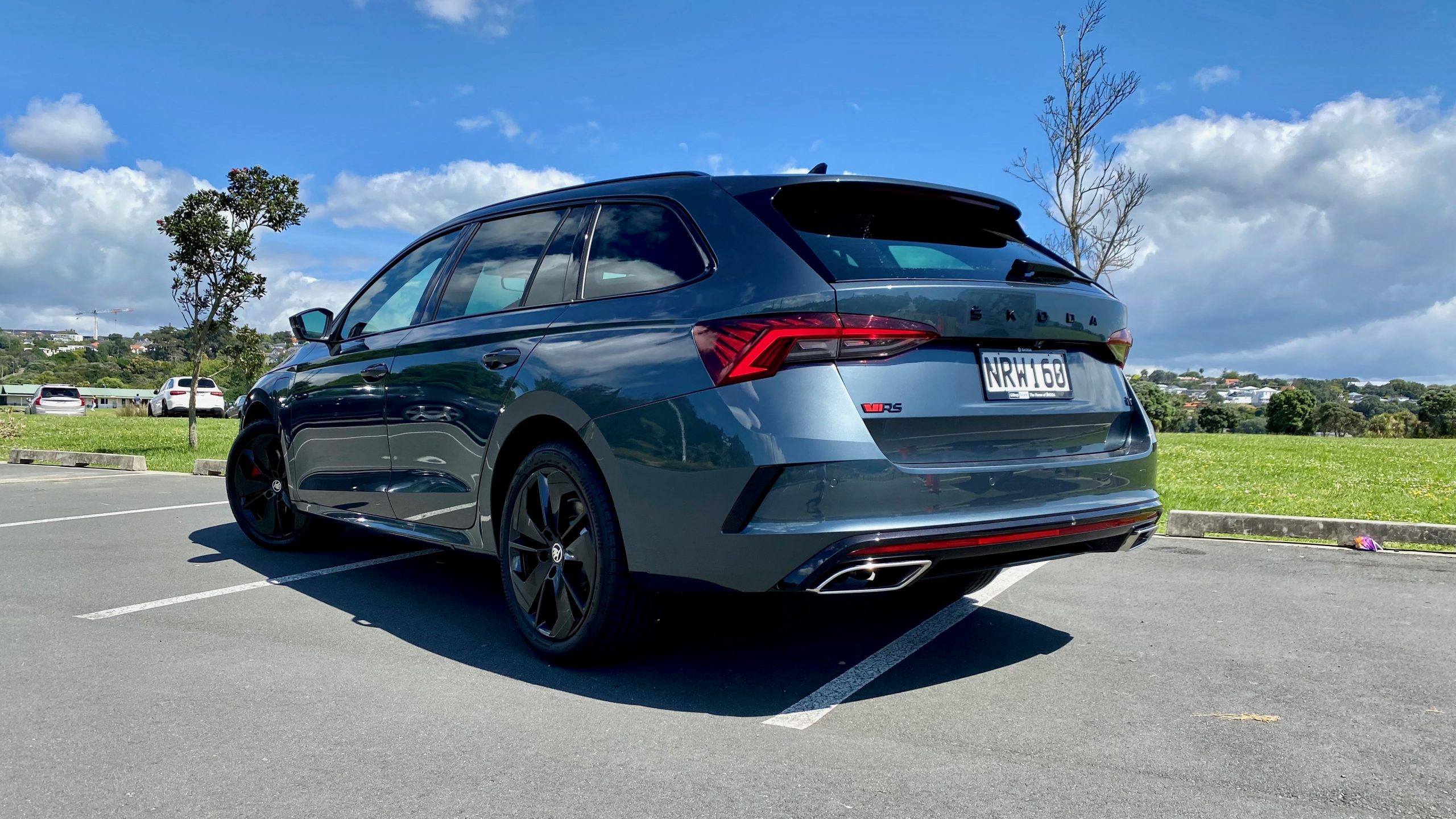
It does come with its negative points though. It’s definitely not cheap to buy and let’s hope the Australian government introduces a similar incentive program to New Zealand before it lands on our shores. The added weight and reduced boot space of the battery pack do affect the performance slightly, but the extra low-down torque of the electric motor helps it to feel pretty peppy. And, if you have access to charging infrastructure, it can make for pretty cost-effective transport – but with both a sporting and practical character.
Review by Josh Picard
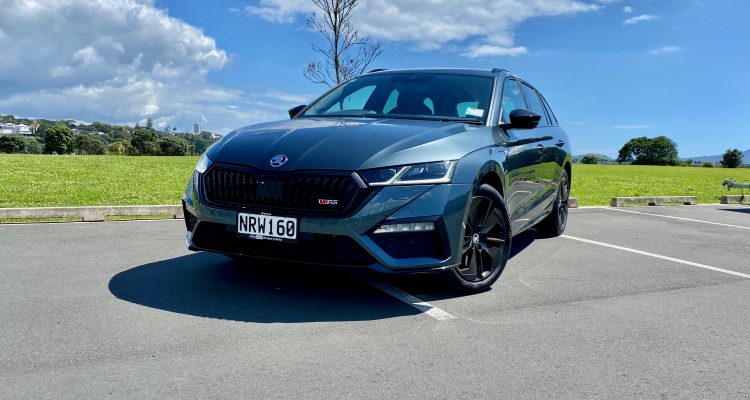
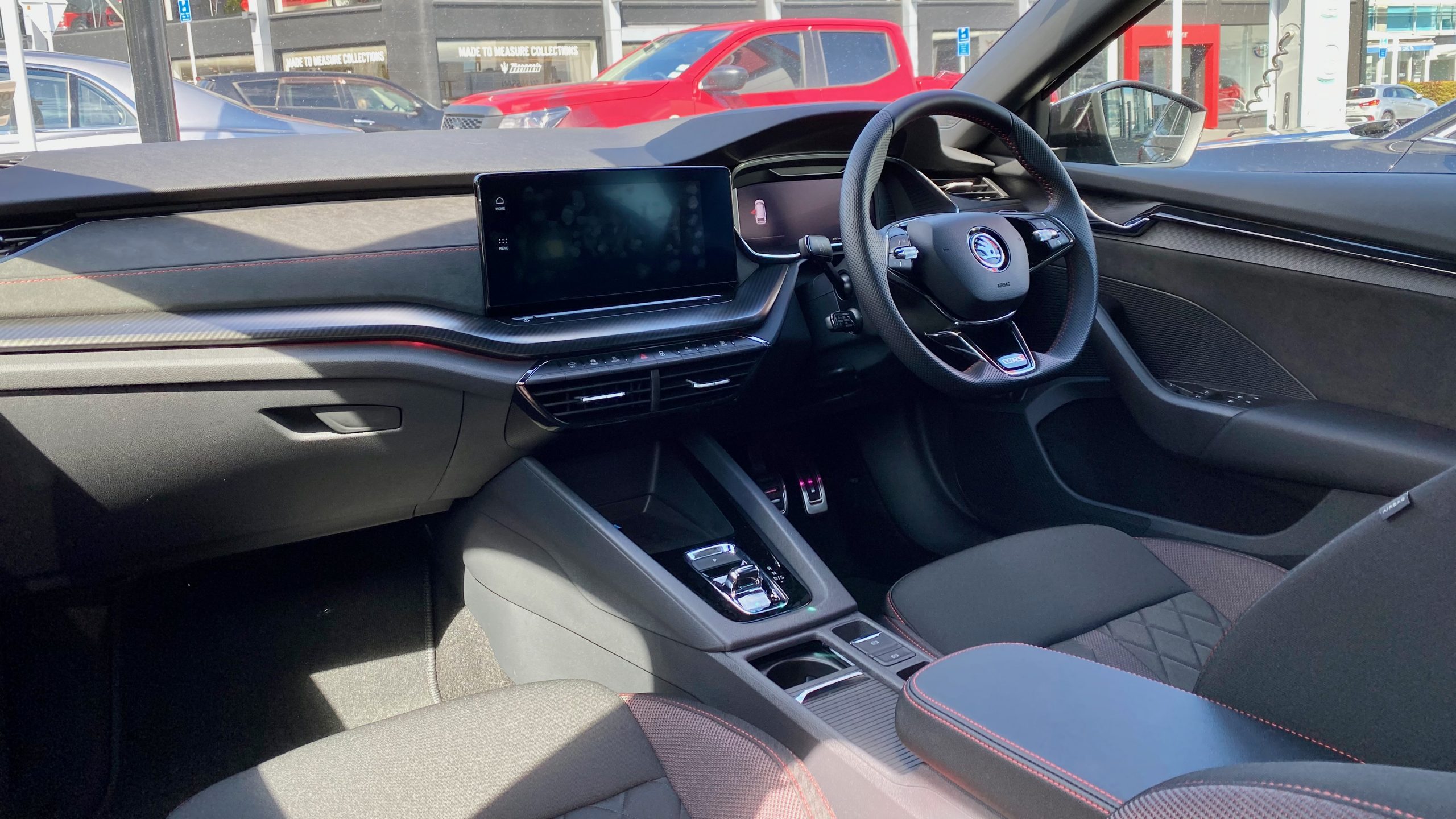
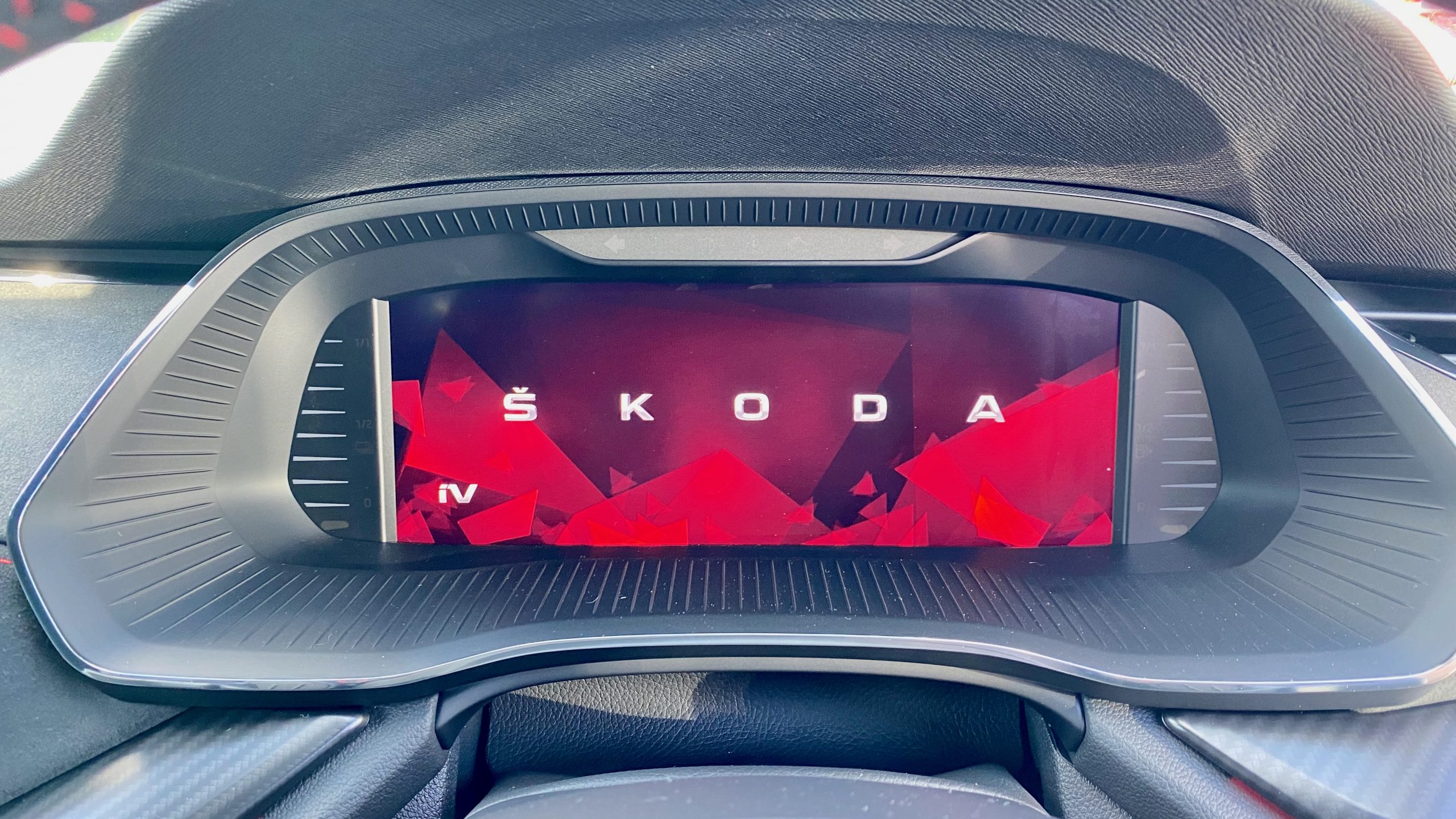
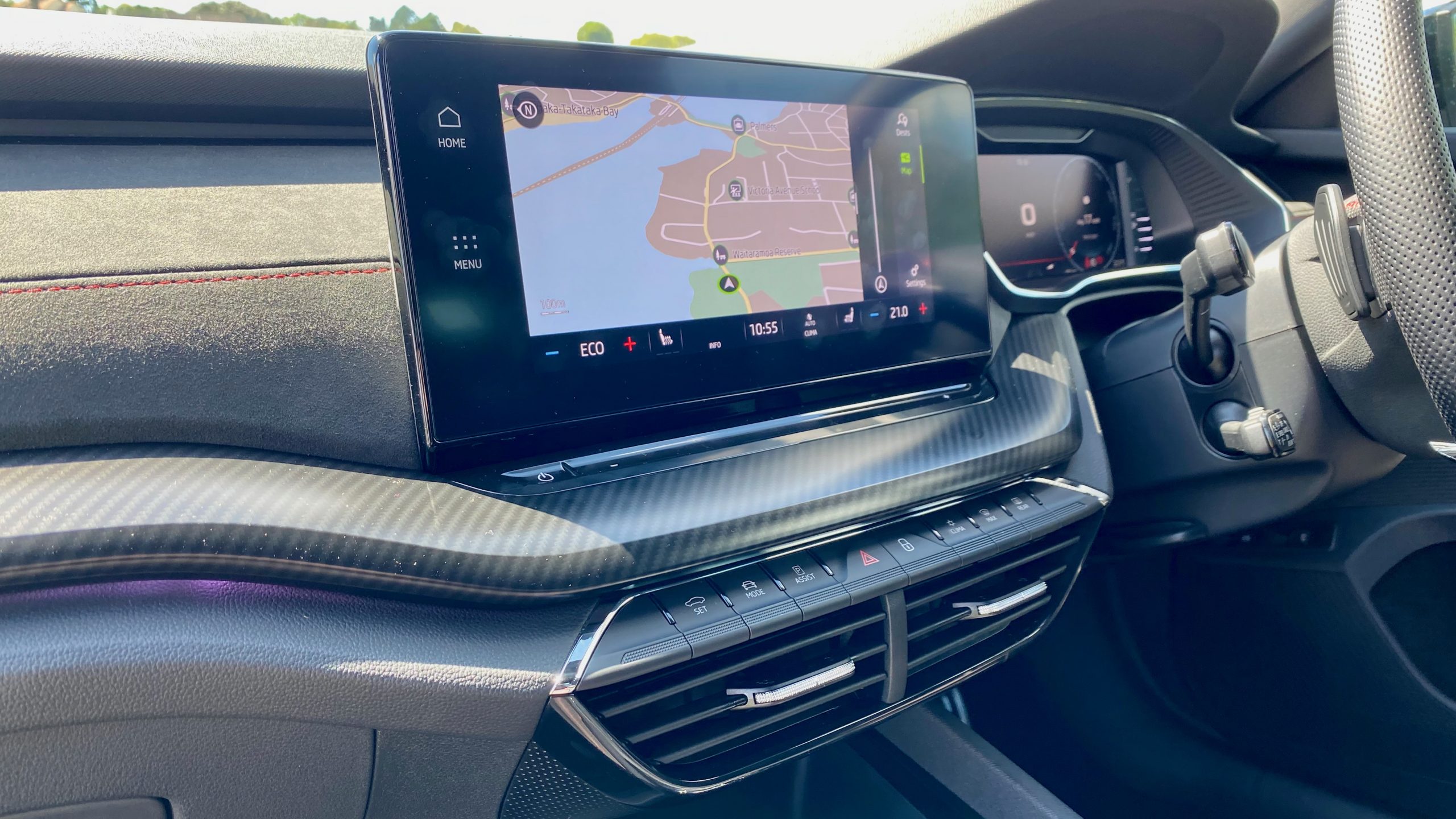
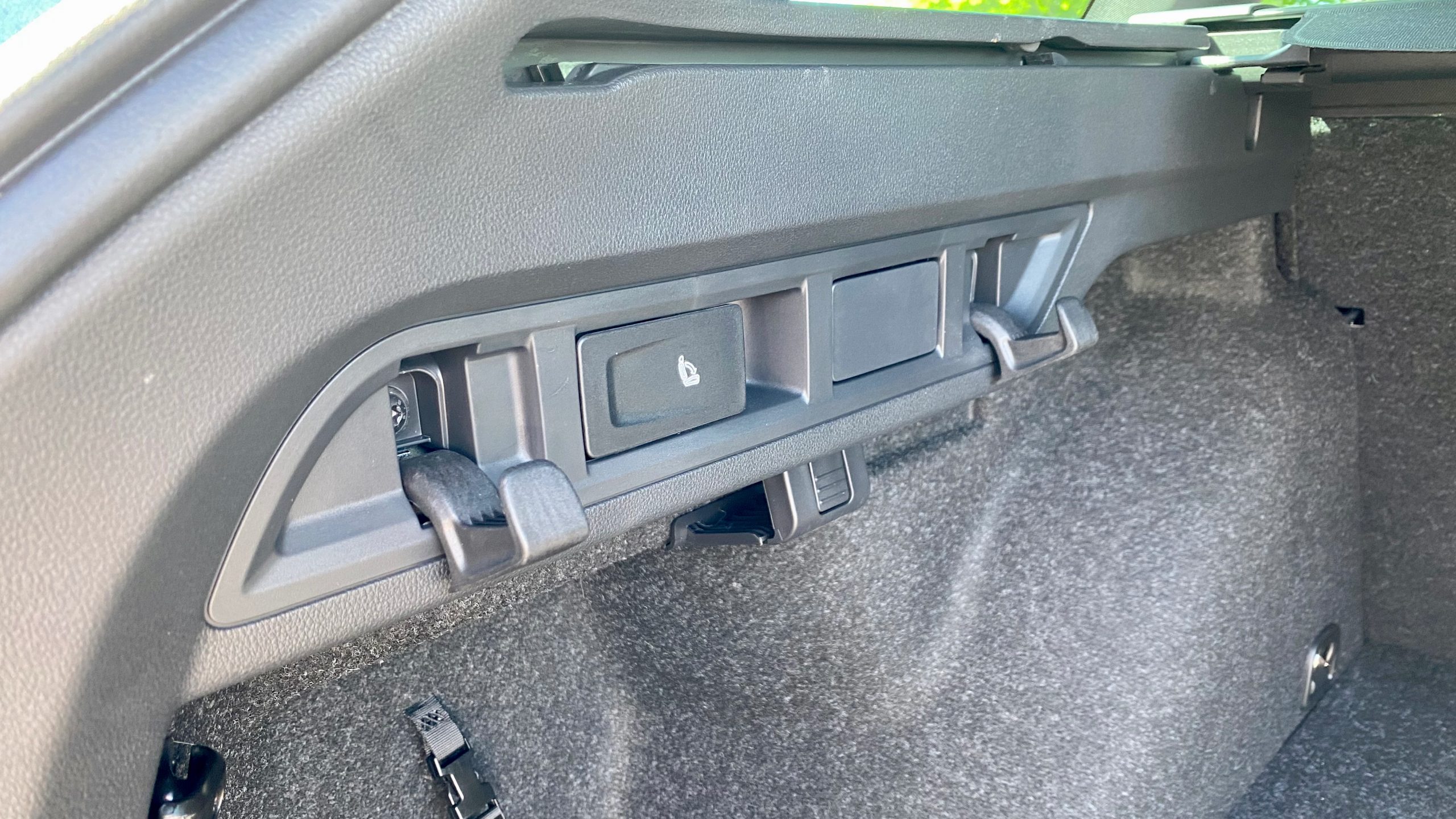
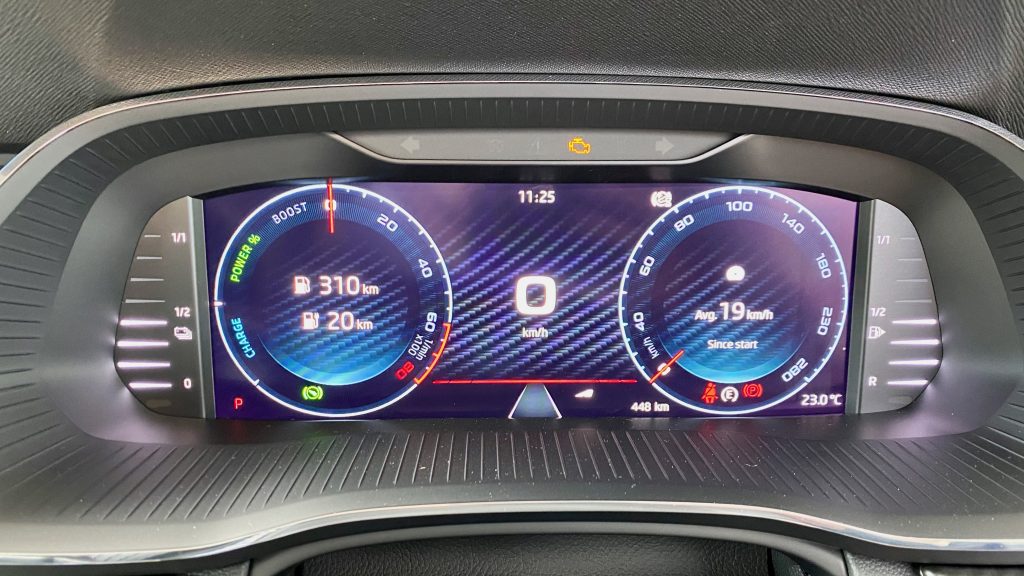
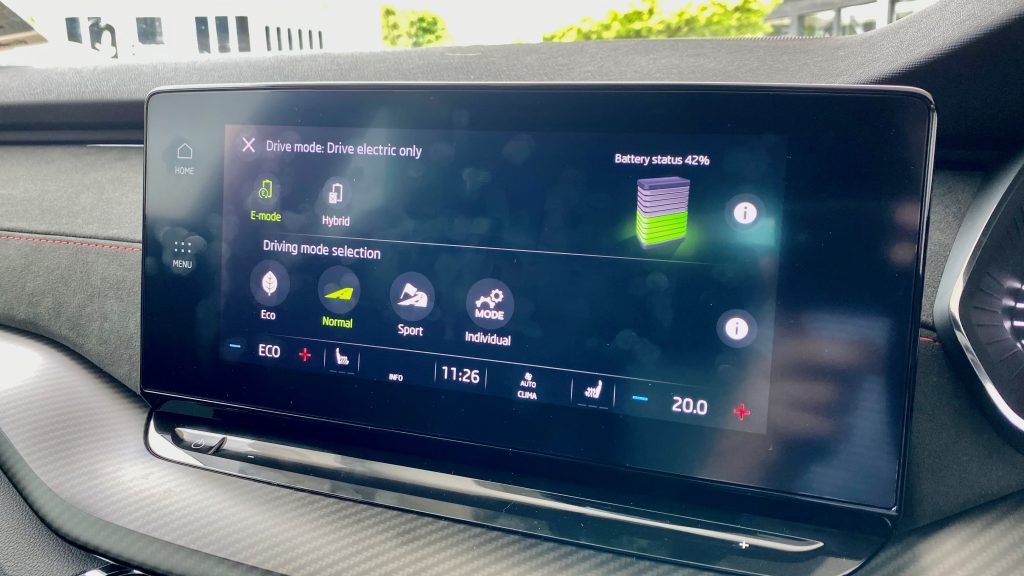
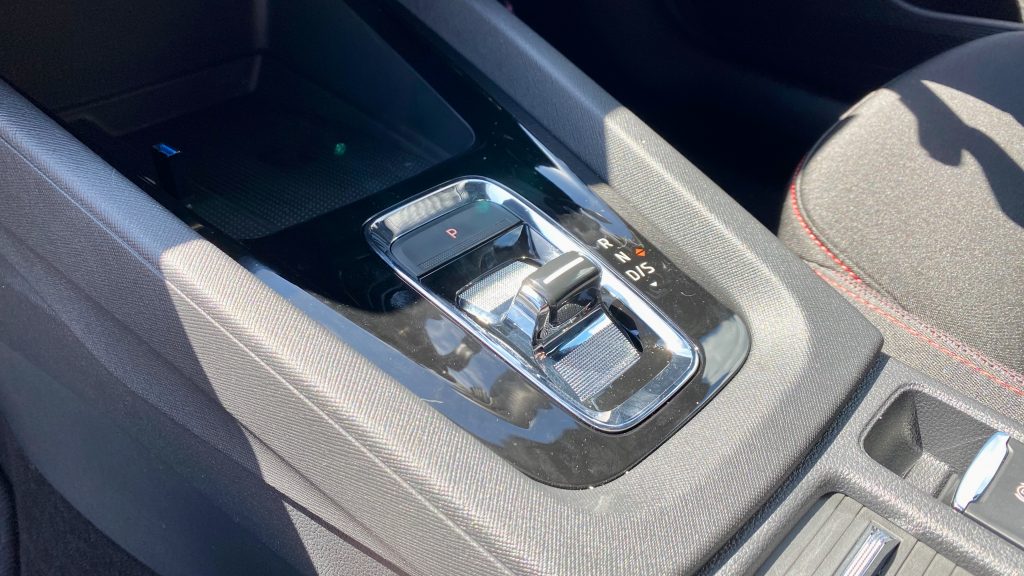
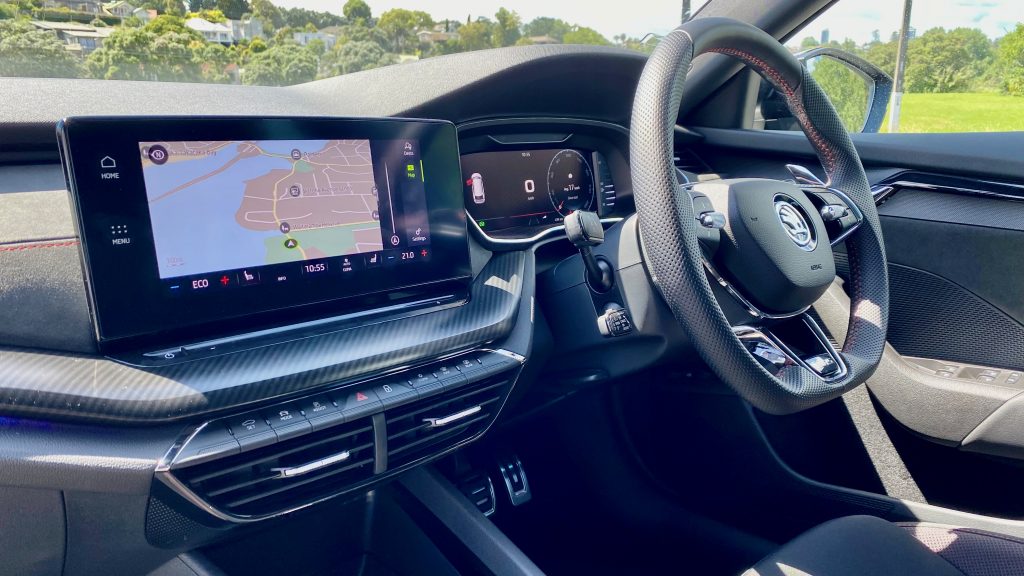
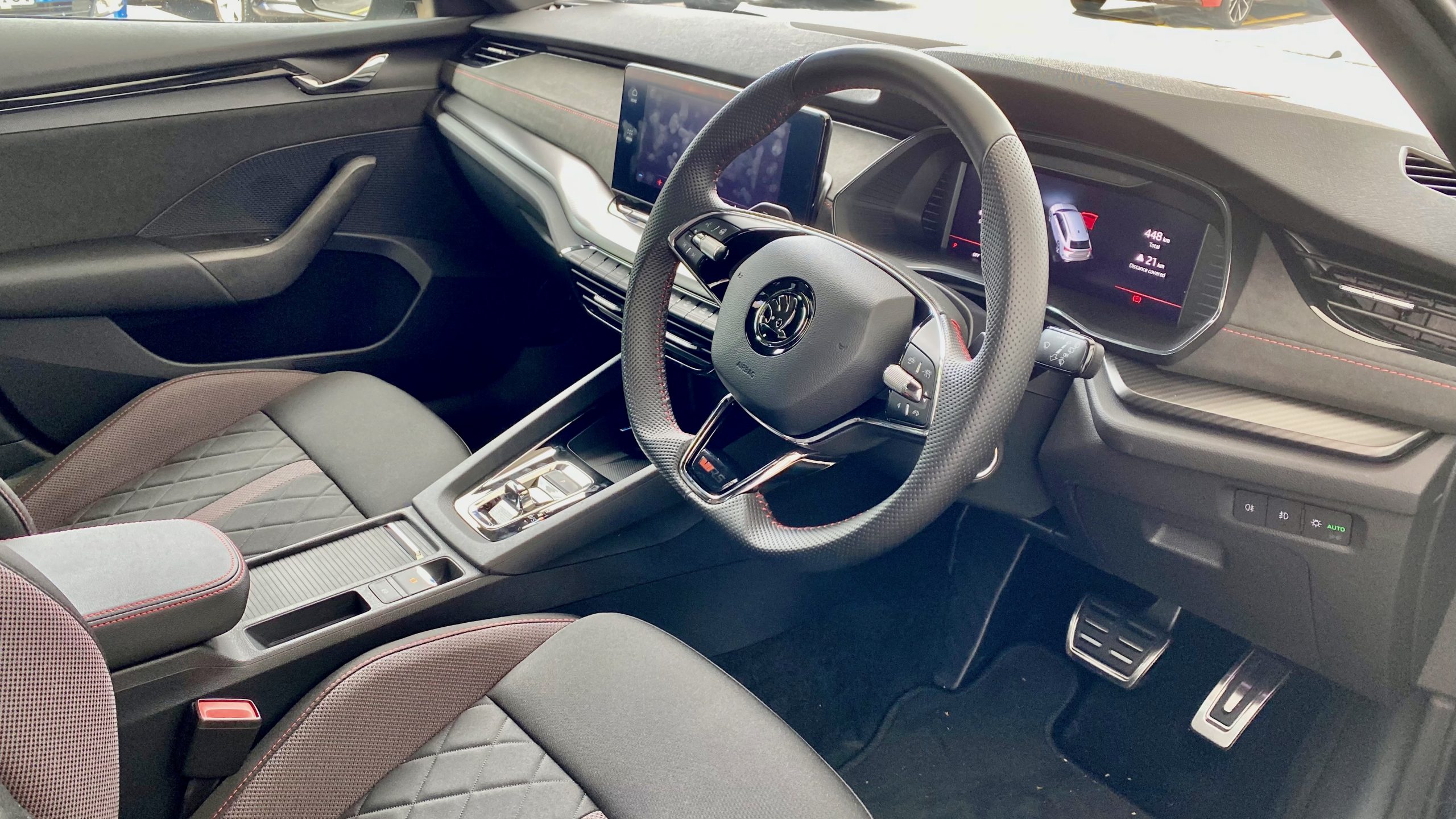
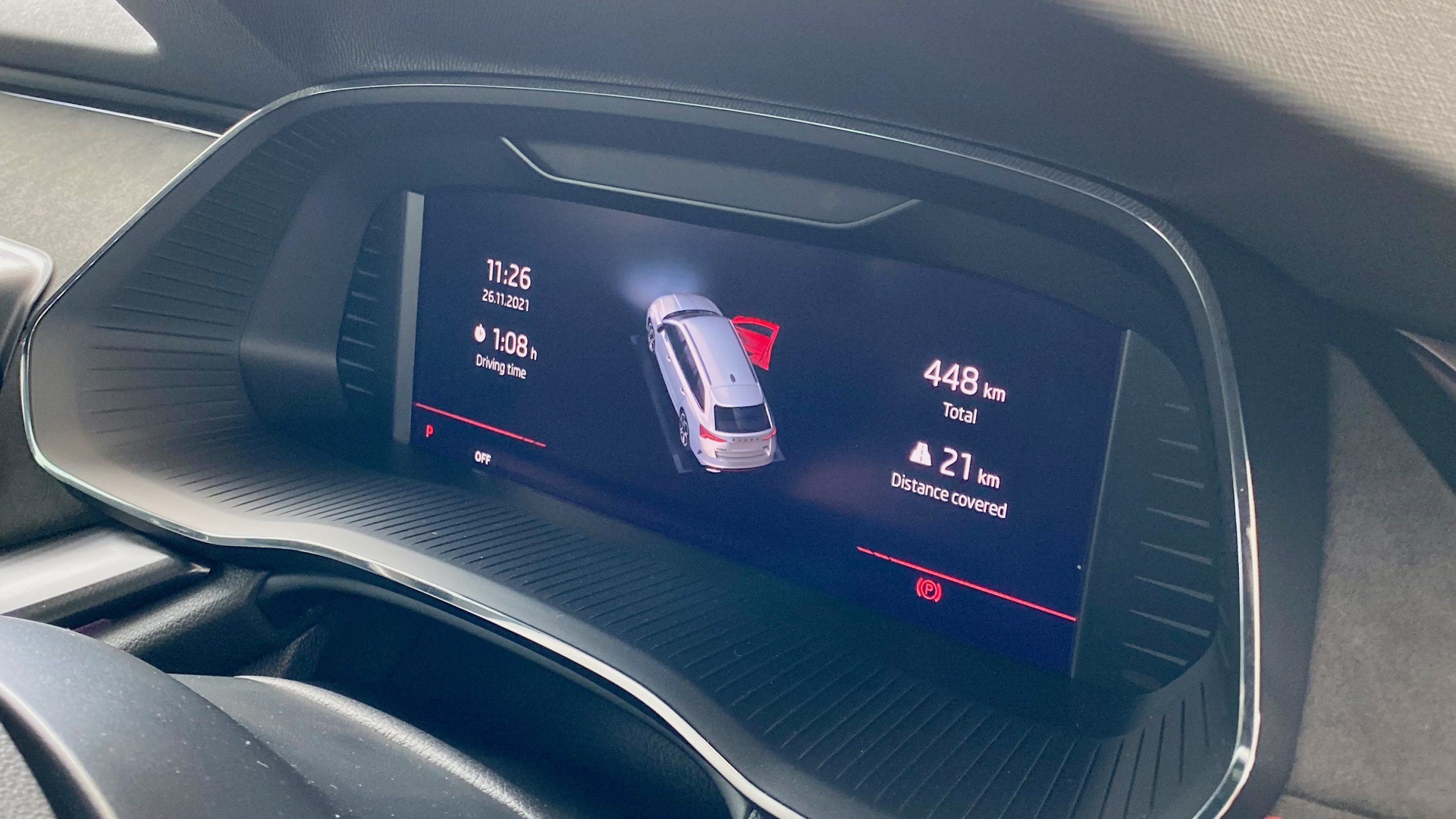
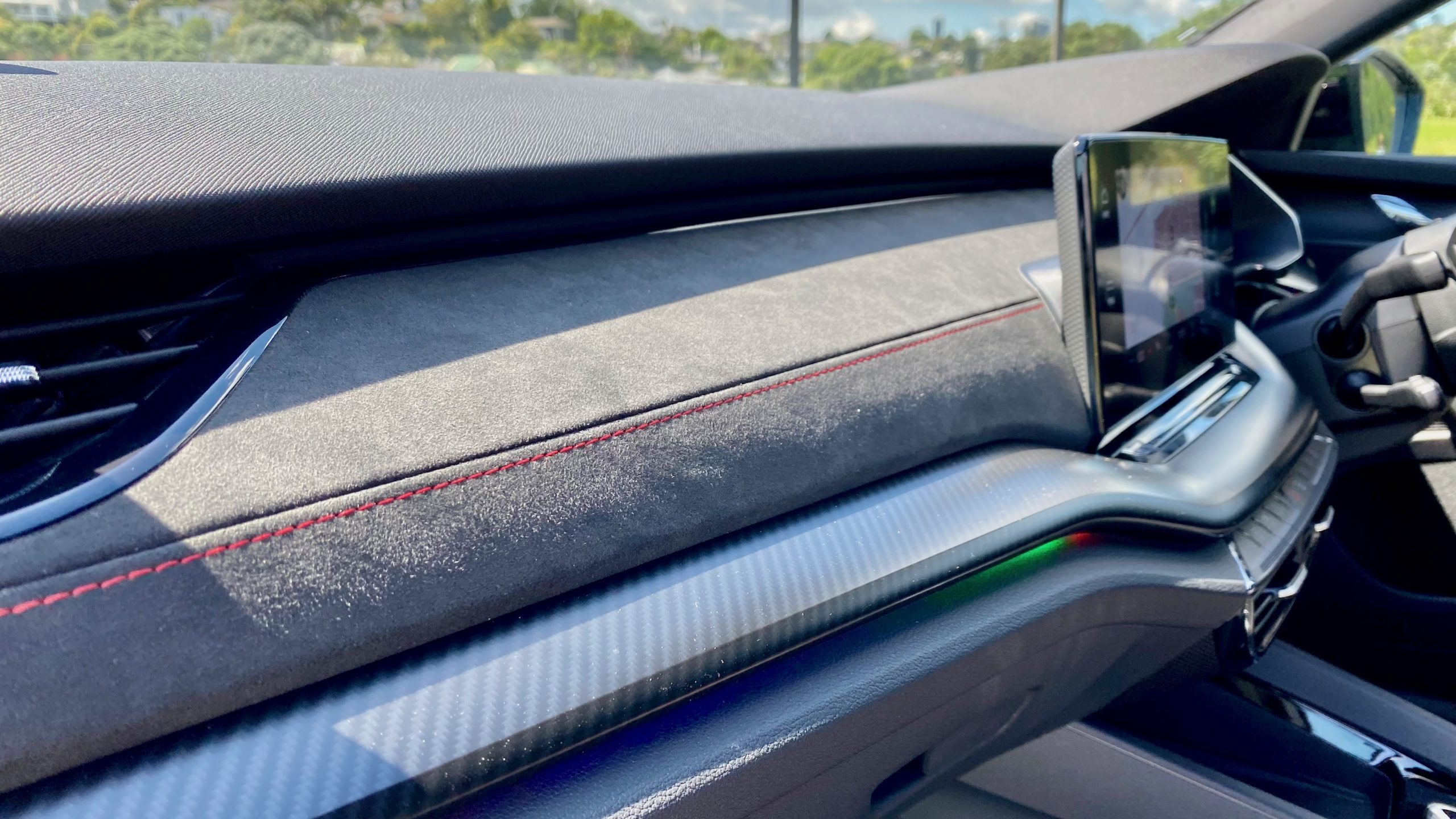
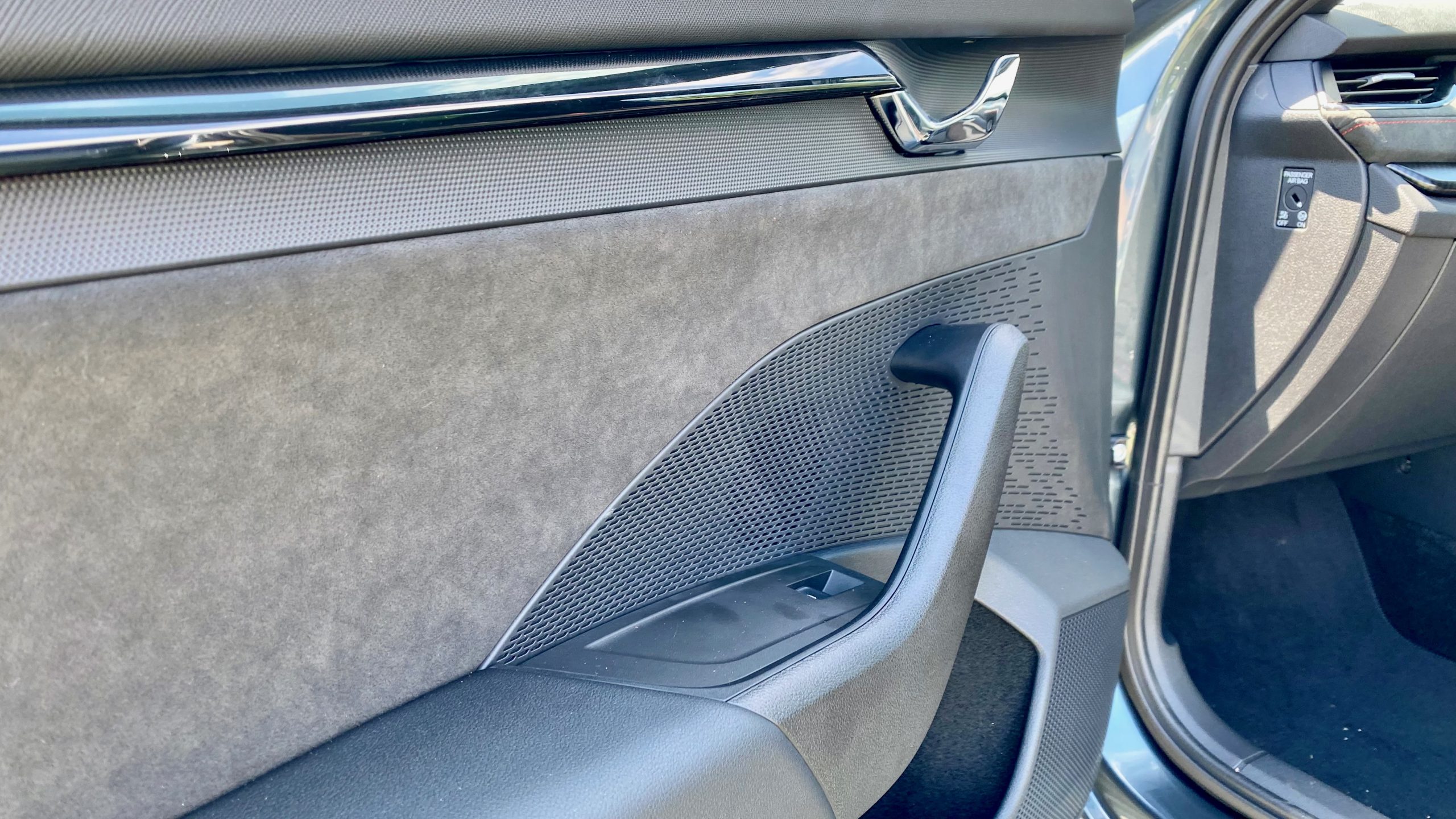
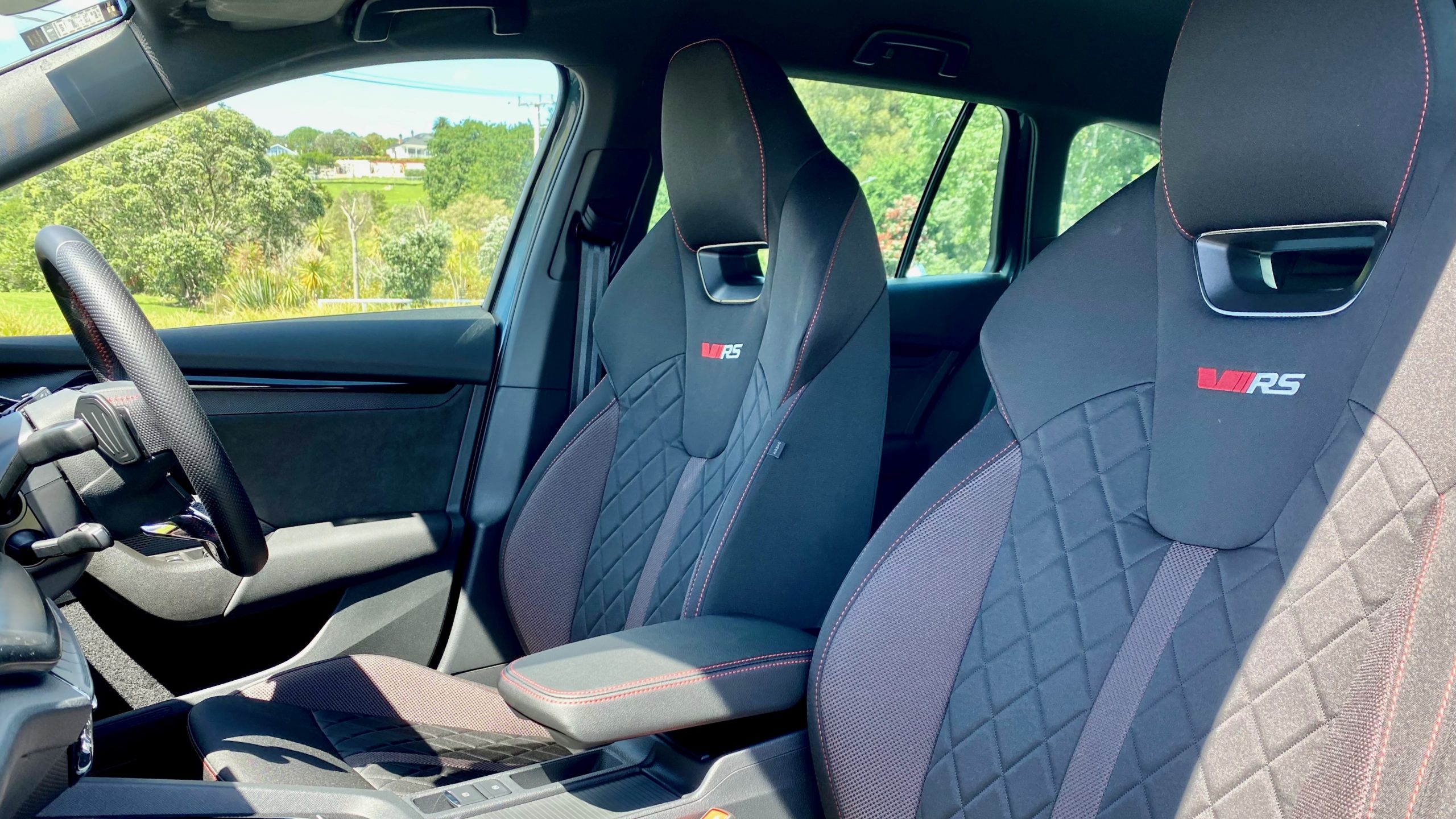
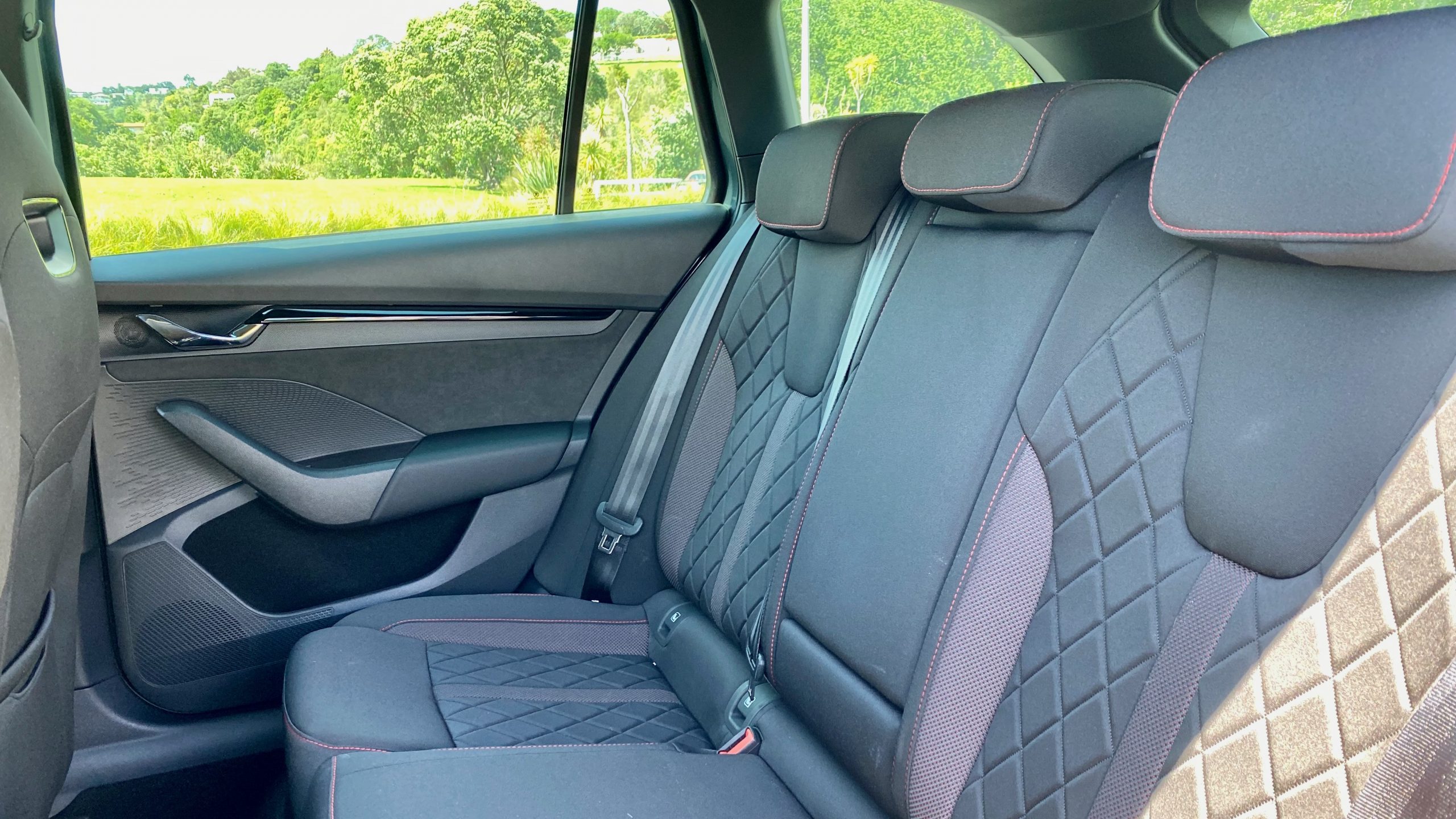
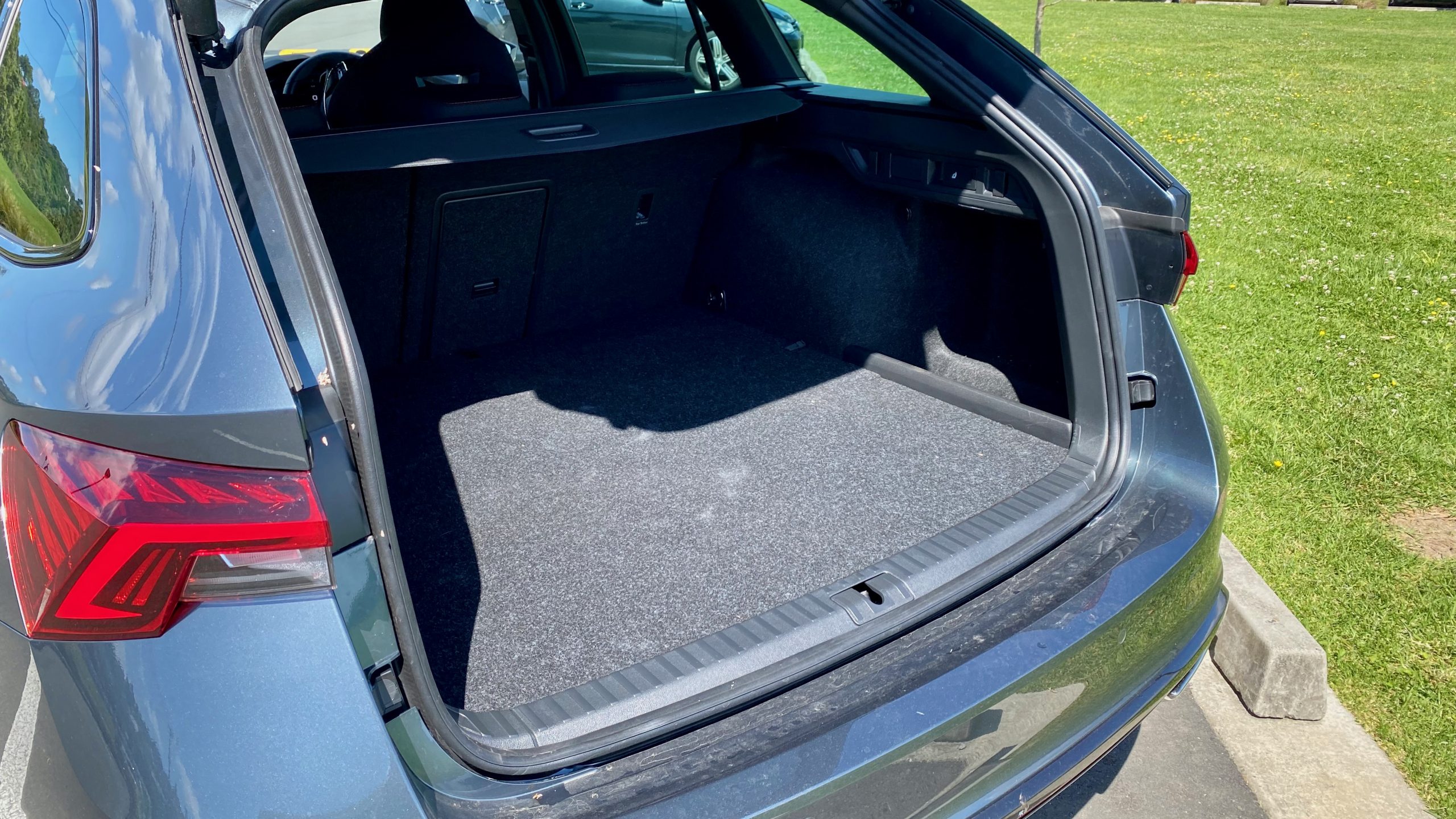
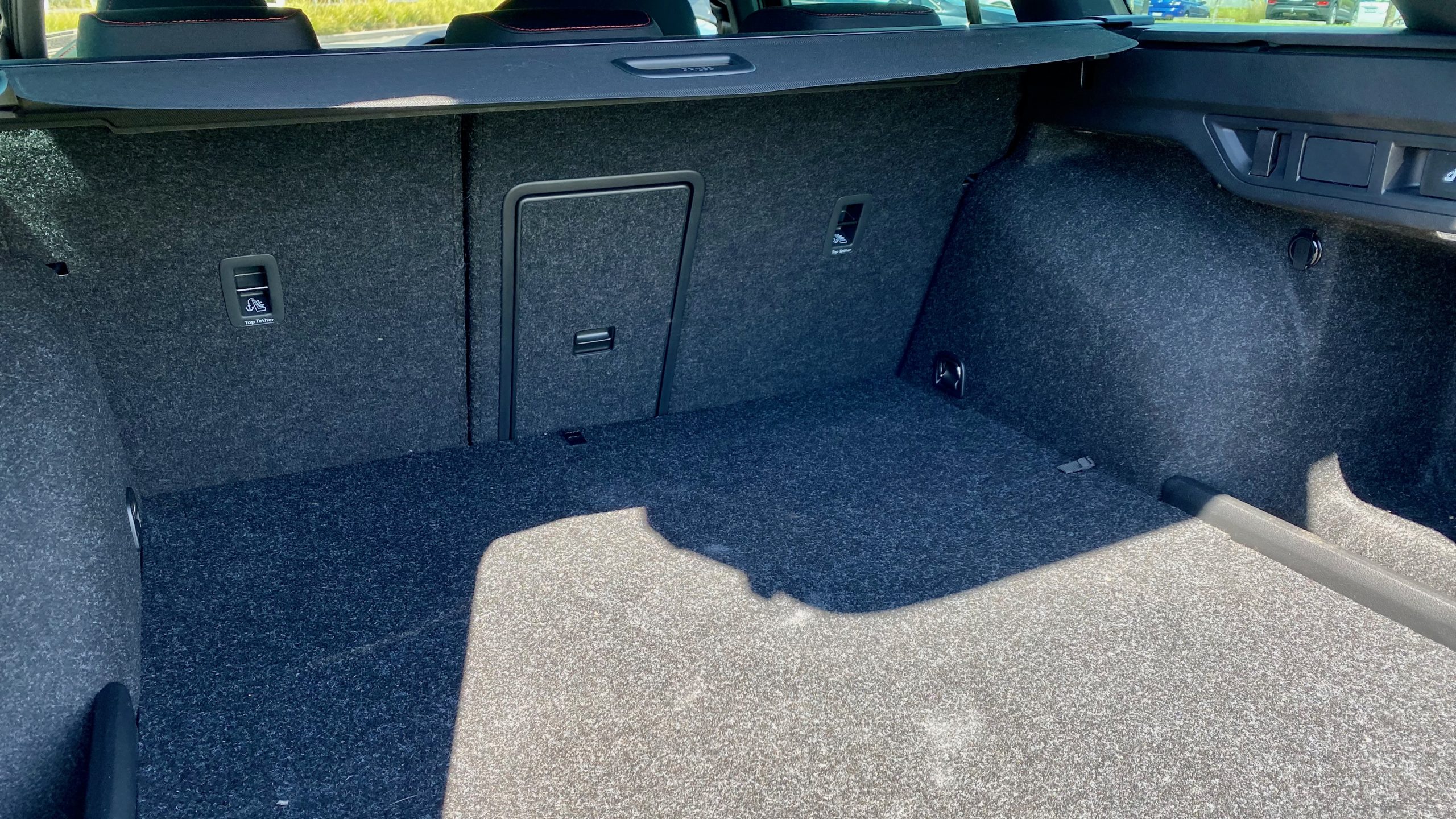
Leave a Reply